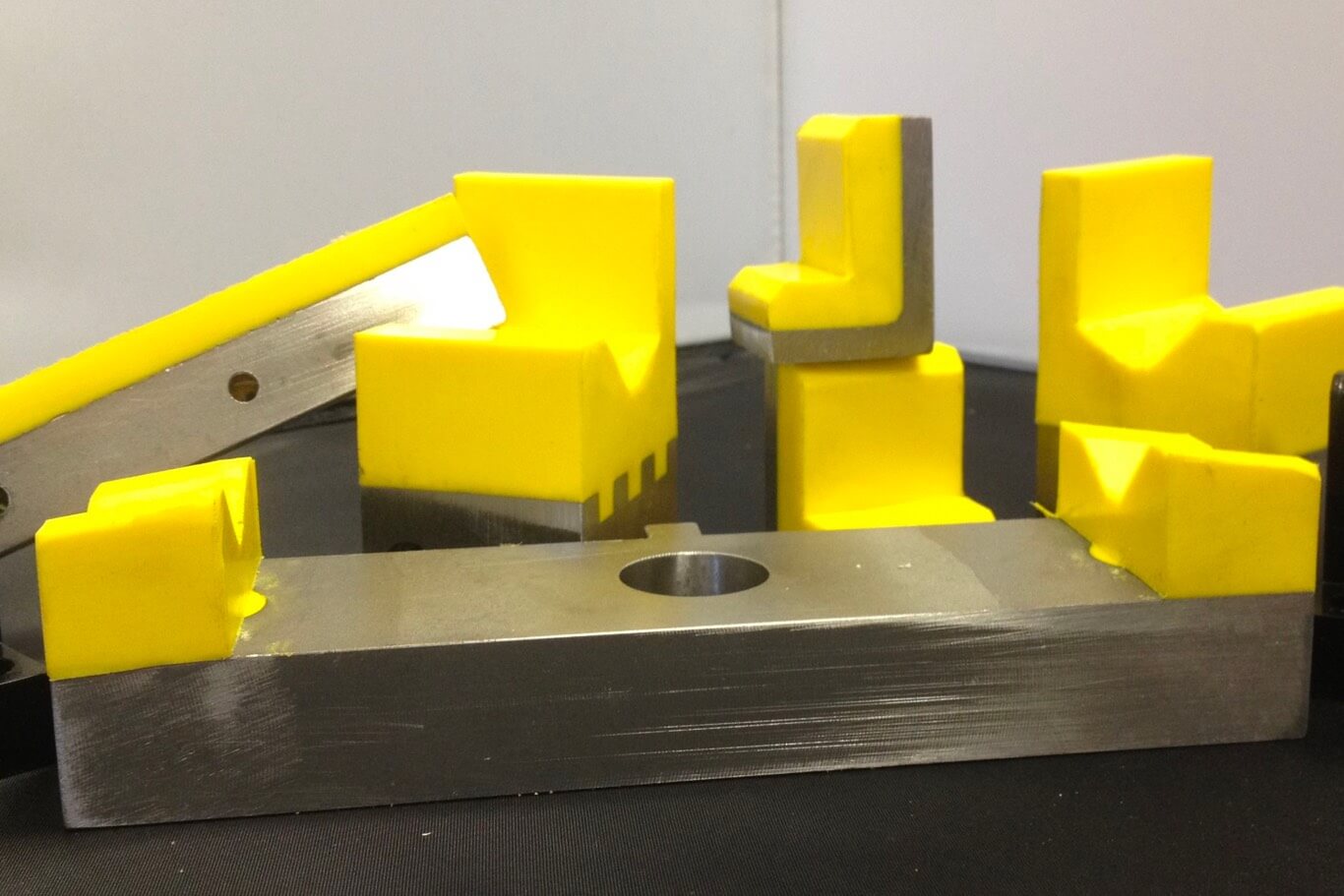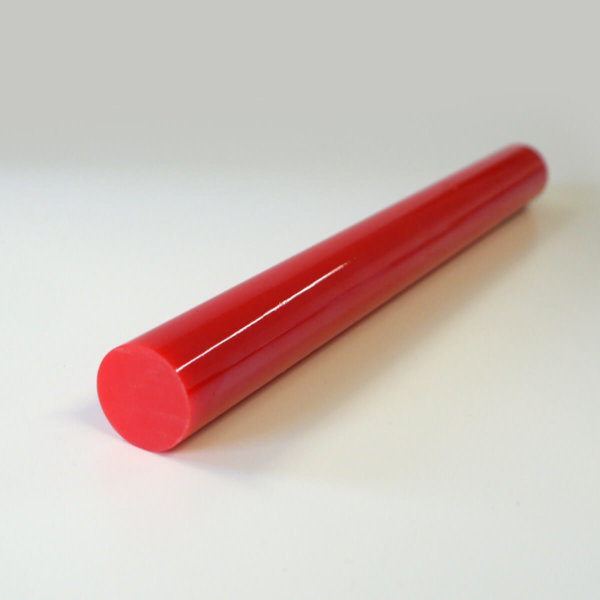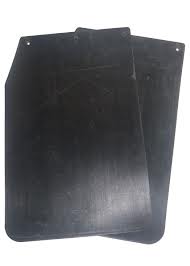Some industry specifiers ‘bounce’ back to rubber for new and replacement parts. Should they be switching to polyurethane instead? Which is right for your project, polyurethane or rubber?
Polyurethane has properties and purposes in common with rubber but it is fast replacing both natural and synthetic forms. There are many good reasons for that, as this article will explain.
However, the ‘new kid on the block’ is still rather misunderstood. Certainly, compared to rubber which has a history dating back over 1,000 years!
Setting aside natural rubber – latex extracted from Hevea Brasiliensis trees – the commonly used form of rubber is created by a chemical process and incorporates petrochemicals. Applications have become so widespread, it’s impossible to list them, though obvious examples include tires, seals, footwear and adhesives.
Rubber has long been a material of choice in engineering and manufacturing when the requirement is for a part that’s strong, flexible, waterproof, and hardwearing.
However, polyurethane has been developed to offer those same values but also more reasons to use it as a rubber replacement. Let’s look at this in more detail, to help you weigh up whether polyurethane or rubber is right for your project.
Diversity of form
Items made from rubber come in many shapes, sizes and forms.
One of the main reasons to use polyurethane instead, is that this material offers you even wider scope. Not just in terms of tensile properties, but also in polyurethane can be moulded into complex, intricate or highly specialist forms.
This ability to use polyurethane in an infinite number of ways is not surprising when you consider that it can be processed to be as hard and strong as metal, or a soft foam for cushions.
You only need to look at the many innovative uses of polyurethane to see that it is a superb option for rollers, blocks, load wheels, couplings, pads, mounts and other straightforward parts. However, if you need a highly specific prototype part, with accurate detailing or custom-fit dimensions, polyurethane is still the ‘go-to’.
The possibilities are endless, and clearly ‘stretch’ well beyond rubber! Making prototyping in polyurethane a wise choice.
Related article: Rubber vs. Polyurethane Suspension Bushes
Performance factors
One of the main reasons rubber is used in so many parts and components is that it’s considered a durable material. One that can carry out its function reliably under pressure and in heavy-duty applications.
Here’s where a myth about polyurethane needs to be dispelled.
It is more durable than rubber and will perform even better under duress. In fact, it can withstand incredible amounts of use and holds its shape even in the presence of friction, abrasion and high-speed kinetic energy.
Making polyurethane of great interest to automobile manufacturers looking for bespoke bushes, as it creates smooth, reliable suspension and steering support.
Also, as polyurethane has thermal and sound insulation properties, its performance values are even more compelling.
Related article: The ultimate guide to polyurethanes
Contaminate and environment resistance
This is one advantage polyurethane has over rubber that certainly makes it a top choice in engineering projects.
Rubber can become slick when grease, oil and excessive moisture are present. It can also warp or split in extreme temperatures.
Alternatively, you can opt for a polyurethane replacement, which is impervious to cold, heat and contamination.
Also, unlike rubber, polyurethane resists moulds, mildew and rot.
Related article: Why polyurethane rollers out-perform other materials
Cost of polyurethane vs. rubber
With so much to commend the idea of switching from rubber to polyurethane, it’s likely your next question is, do all these advantages mean it costs more?
Obviously, the price of polyurethane parts is dependent on size and complexity, but polyurethane is often the cheaper option. Especially when you keep in mind its superior durability and the costs of regularly replacing rubber items that have split, cracked, warped or become unreliable in machinery.
Sourcing polyurethane parts
The last factor to consider is that many engineering projects are time-sensitive. To get your new project live or to keep your machinery running, it can be tempting to rely on known materials and suppliers.
However, the experts at Custom Moulded Polyurethane invite you to see for yourself why polyurethane is better than rubber, for a large majority of projects.
No matter how exacting or demanding they are.
We offer our technical expertise to problem-solve and can provide a quick turnaround on polyurethane prototypes. So, you have nothing to lose by getting in touch.
Want to find out how much it will cost to make your products?




